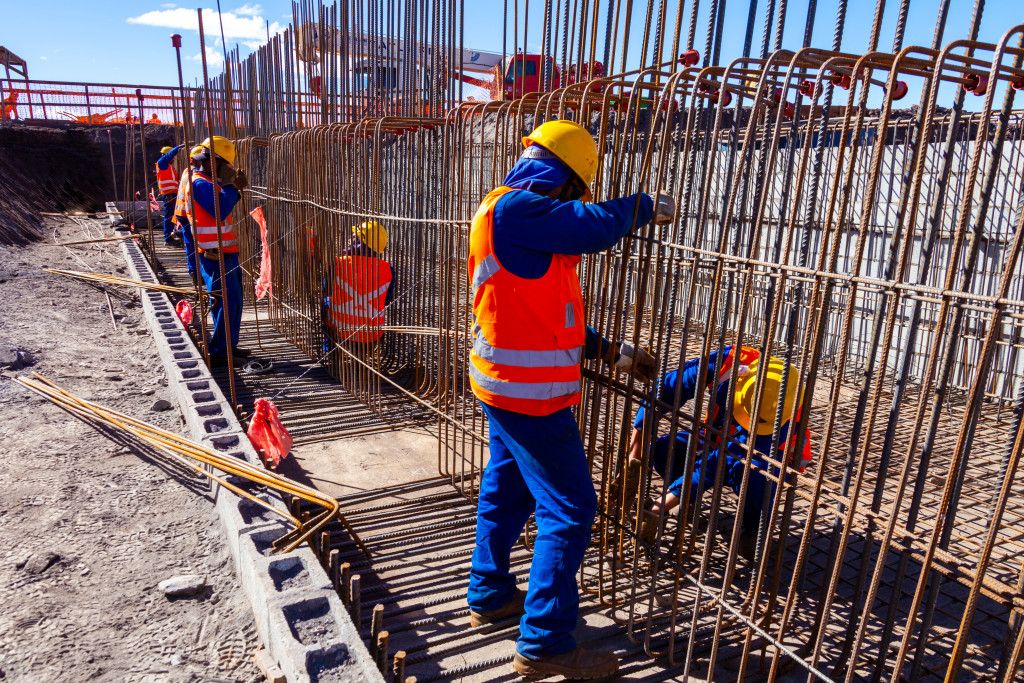Ensuring safety on construction sites is essential to the success of any project. All employees and workers must understand and adhere to their employer’s safety guidelines, as it can be a matter of life or death. Here are the reasons why compliance with safety standards on construction sites is so important and how business owners can ensure that these standards are met.
What Are the Benefits of Adhering to Safety Standards?
Compliance with safety standards helps to minimize workplace accidents, protect employees from injuries, reduce liability exposure, and minimize costs associated with damages or penalties resulting from non-compliance.
Additionally, following safety protocols can speed up the project timeline since there will be fewer delays due to repair work or medical treatment for injured workers. It also encourages a culture of collaboration and trust between employers and employees since everyone must adhere to the same standards.
Finally, it promotes good public relations since incidents involving safety violations are highly visible and can cause reputational damage. Adhering to safety standards is a sign that an organization takes its commitment to safety seriously and is doing the right thing. It also demonstrates respect for workers and their well-being, which can increase employee loyalty and engagement.
Ultimately, adherence to safety standards leads to improved productivity, reduced downtime, better morale, and a safer work environment.
How Can Business Owners Ensure Compliance?
The first step business owners should take to invest in proper training for their staff. Employees must understand what their responsibilities are when it comes to adhering to safety protocols onsite. It is also crucial for business owners to ensure that all regulatory materials are understood and that any changes or updates to protocols are communicated to staff.
Business owners should also consider investing in appropriate services or technology to help them monitor safety compliance. This could include installing employee tracking systems or monitoring equipment that allows employers to check in with employees onsite to ensure protocols are followed.
Finally, business owners should regularly check for any new regulations or changes their industry may need to comply with. This can help them stay up-to-date and remain compliant in all areas. Staying informed and investing in the necessary resources are vital components of compliance with safety regulations.

Safety Equipment in Construction
Safety equipment is of paramount importance in the construction industry. Construction workers are exposed to a variety of hazards and risks while on the job, and the use of safety equipment can drastically reduce or eliminate these risks. By wearing personal protective equipment (PPE), workers protect themselves, their coworkers, employers, and their families. Safety equipment includes hard hats, glasses and goggles, gloves, ear protection, protective boots, reflective vests, and full-body suits.
This equipment helps protect workers from the dangers of falling debris, hazardous materials, or strong air currents. It also helps prevent accidental cuts and punctures.
Construction companies should also provide a durable rigging wire rope for workers. The safety equipment and rigging rope should always be inspected before use and stored safely when not in use.
Having the proper safety equipment is essential for protecting workers from physical harm and supporting their job performance. It also helps employers meet their legal obligations and avoids costly fines or penalties associated with workplace accidents. Additionally, using safety equipment can help.
Overall, using proper safety equipment helps protect construction workers from short-term and long-term injuries while on the job. Employers must provide their employees with the necessary safety gear to help ensure a safe working environment.
Stay Updated with Government Guidelines
Staying updated with government guidelines is essential for construction safety. It is the responsibility of all construction workers to ensure that they comply with the laws and regulations set forth by their respective governments and any other relevant organizations or agencies. This can help reduce the potential for accidents, injuries, and even fatalities on the job.
Government guidelines are designed to protect workers, the environment, and all persons involved in a construction project. These guidelines provide direction and clear expectations for employers and employees to follow while on the job. By understanding and following these regulations, everyone can remain safe at work.
When it comes to staying updated with government guidelines, business owners must ensure their employees are well informed and trained on the relevant regulations. This means providing a comprehensive understanding of the laws, rules, and protocols that apply to their industry. They should also provide regular training sessions for staff members to help reinforce this information.
In summary, ensuring compliance with safety protocols on construction sites is essential for businesses looking to maximize productivity while minimizing liabilities associated with workplace accidents or injuries. Following the points in the article will ensure the employees are working safely and efficiently at all times. Ultimately this results in a healthier work environment leading to successful projects that benefit everyone involved.



